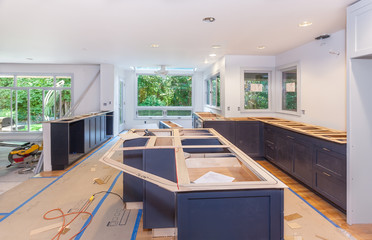When retaining walls, the type of material you choose is crucial. You need a hard, durable surface, and you also want something that aesthetically enhances the landscaping features you plan on adding to your home.
Stonecrete is an aesthetically pleasing, durable option. It is less prone to moisture penetration than brick and concrete, which allows it to last longer.
Stack Stone (also known as Dry Stack Stone or Ready Stack Stone) is created by layering individual stone pieces on top of one another creating a uniform and structured look. It’s a modern and elegant style that looks great in both traditional and contemporary settings.
Castle brushes off the sawdust from all the boards, lugs over a dozen clamps, and spreads glue with a wooden shim, starting with the first board in the stack. Then he tacks it in place with horizontal clamps that reach to both sides of the stack, as well as vertical clamps set to bite at different angles.
He then adjusts the pencil lines on the underside of the base and first stack, to make sure everything is aligned. This is important, because the boards are stacked as free-form staircase steps and it will be difficult to carve them into their desired shapes without this preplanning.
Stoncrete EFX
Stoncrete EFX is a troweled epoxy mortar system that looks and feels like polished concrete. Designed for front-of-house spaces, such as industrial facility lobbies and corridors, it can be customized to fit the design specifications of any space. It features a four-component system base that combines pigmented epoxy resin, an amine-curing agent, graded aggregate and a larger decorative aggregate, such as mirror glass or recycled amber glass. Stoncrete EFX is available in five base colors and three unique decorative aggregate choices. It is durable and resists impact, abrasion and chemical damage. It is also hygienic and non-porous. Stoncrete EFX is one of the most popular seamless flooring products on the market.
Exposed Aggregate Textured
A popular alternative to poured concrete, exposed aggregate allows the pebbles or stones in the concrete mix to show through, creating a distinctive, natural look. This style of concrete can be used to create a unique walkway, driveway, pool deck, or patio that will add character and charm to your home or business. It’s also ideal for areas prone to moisture, like pool decks, as it provides a slip-resistant surface that can be textured to enhance safety.
When compared to plain concrete, exposed aggregate is a less expensive option that can still provide a durable and long-lasting surface. It’s available in a variety of colors and materials, allowing you to customize the look to suit your tastes and match the existing décor of your property. In addition to the decorative appeal, this type of finish is also easy to maintain and provides a level of comfort underfoot for those who prefer a more textured feel to their concrete surfaces.
Exposed aggregate is installed in much the same way as regular concrete slabs, with contractors constructing forms, pouring the concrete, and screeding the surface before it cures. Contractors then spray a chemical surface retarder over the concrete to prevent it from curing too quickly, and then either scatter the aggregate material across the top or apply a layer of stone on top with a float. Once the concrete has fully cured, contractors wash away the surface retarder and expose the stones or other material on the surface.
In terms of maintenance, exposed aggregate is relatively low-maintenance and can be easily cleaned with a garden hose or pressure washer. Regular sweeping and occasional pressure washing will keep the surface looking its best. However, the textured surface of exposed aggregate can make some people uncomfortable with bare feet and might not be suitable for areas where smooth surfaces are desired, like indoor floors.
Exposured aggregate is a great option for outdoor spaces that will be used by the whole family or community, such as a walkway or pathway. Its textured surface promotes safety and can help to hide any small cracks in the surface that might occur naturally over time. It’s also an excellent choice for pool decks, as its textured surface helps to enhance slip resistance and is easy to clean.
Seamless
Seamless is an online food aggregator that partners with more than 12,000 restaurants and 4,000 companies and has 2 million members across New York City, Boston, Philadelphia, Washington, DC, Miami, Chicago, Houston, Austin, Seattle, San Francisco, Los Angeles, and London. The company makes revenue from its commissions on each order placed through the service. In addition, it also earns money from ad campaigning.
This advertising boosts the overall per-day orders of restaurants and eateries on the platform, which in turn generates direct revenue for Seamless. Additionally, Seamless provides referral rewards to existing users that encourage them to sign up friends and family.
Seamless’s app is well designed and easy to use. Its color palette is consistent with its branding, and the menu items are clearly labeled with helpful icons. This makes it simple for users to find what they’re looking for and place their orders quickly. This is an excellent design feature for an e-commerce app that aims to make ordering delivery as painless as possible.

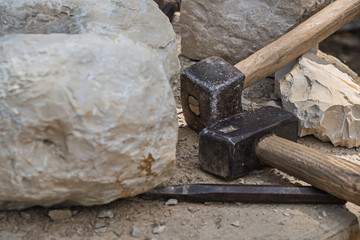


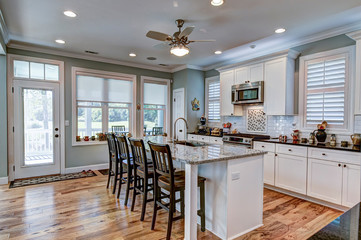
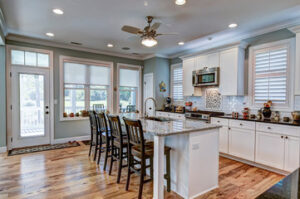
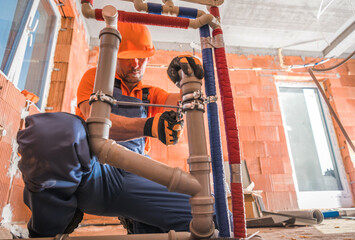
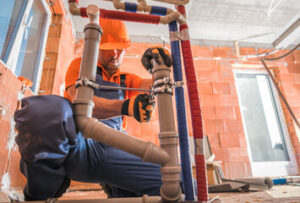

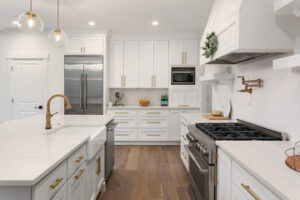
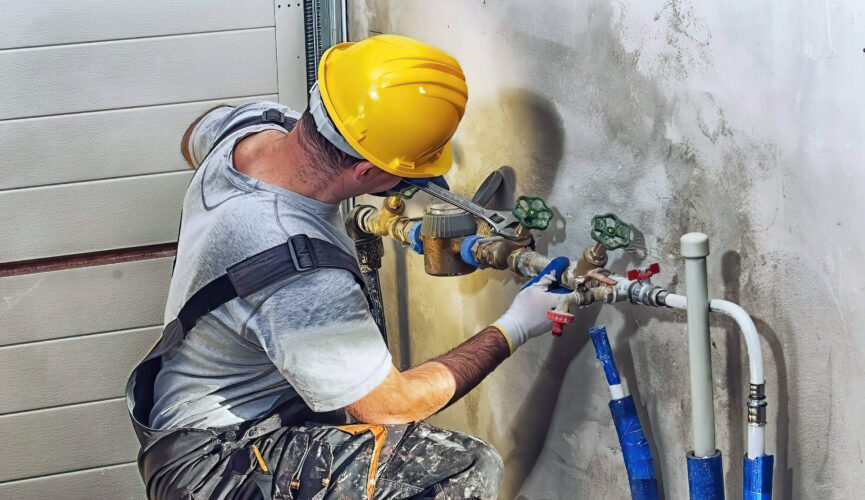
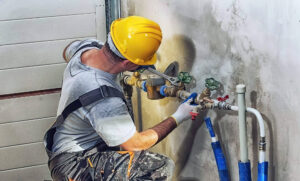


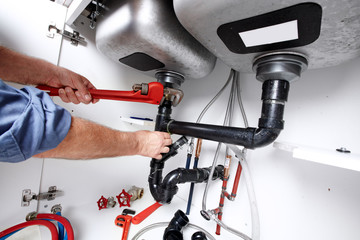
 High-Quality Materials
High-Quality Materials